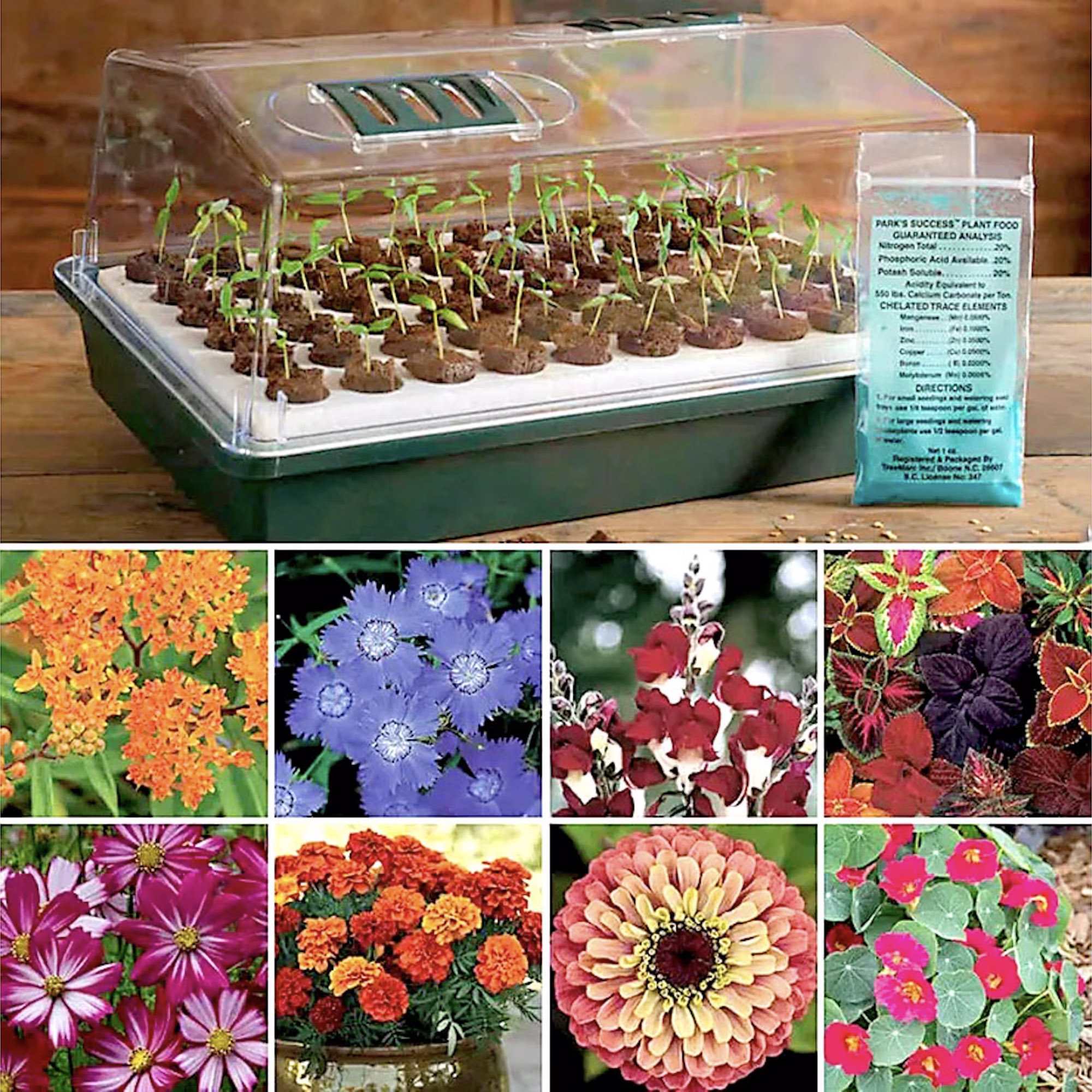Fertilizing Seedlings The Right Way: An Expert Guide For Healthy Plants
Not sure when to start fertilizing seedlings – or how much product to use? Learn how to feed young plants without burning them, plus common mistakes to avoid.
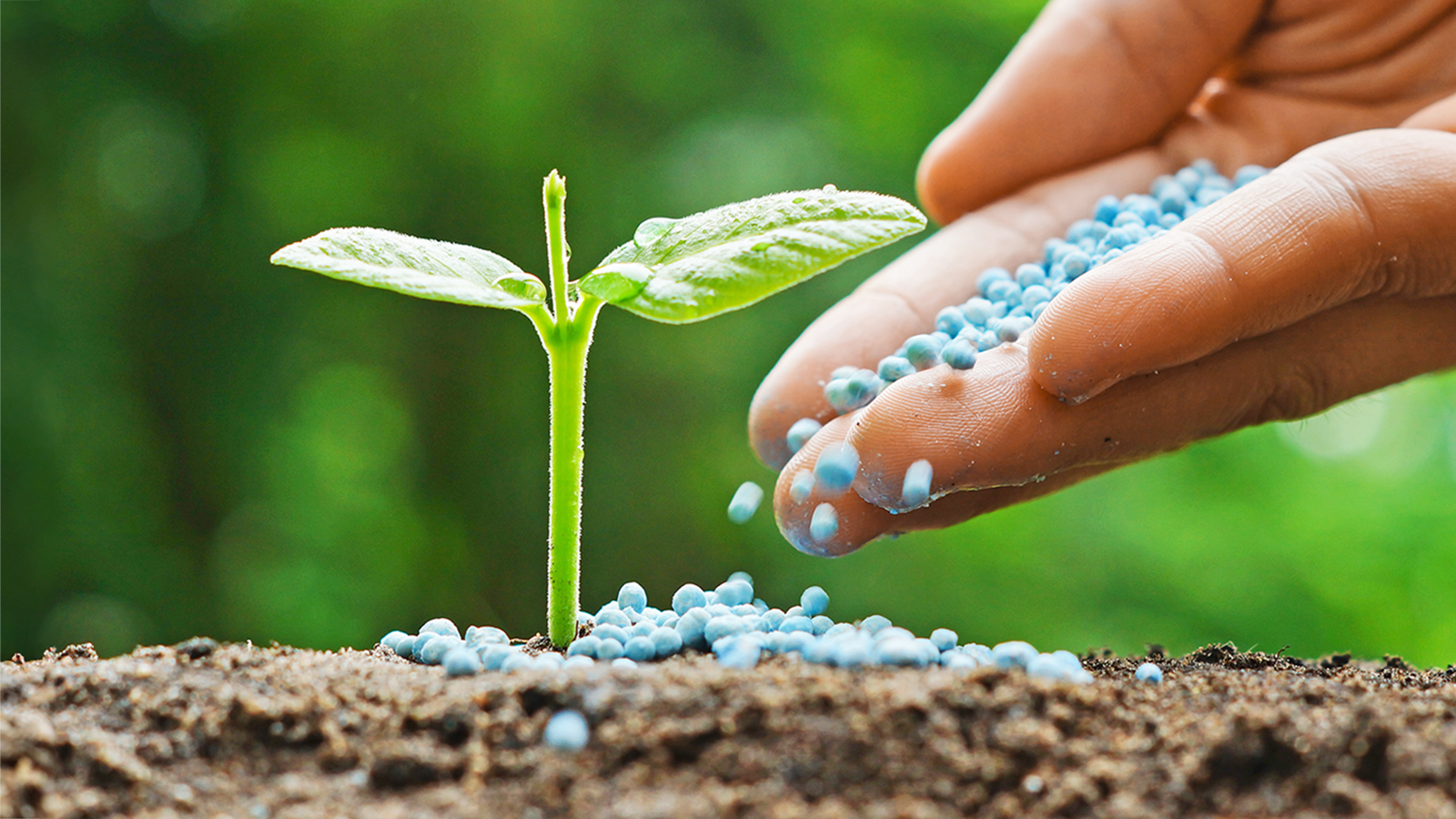

Fertilizing is a necessary aspect of gardening. Often, plants can’t get all the necessary nutrients and minerals from garden soil alone, so they need a boost. However, fertilizing seedlings requires a gentler touch than feeding mature plants. Applying too much fertilizer, or at the wrong time, will do more harm than good.
Seedlings are sensitive to environmental changes and varying nutrient levels. Yet, ensuring they get the right nutrients is an important aspect of seedling care. The best fertilizer for seedlings is a water-soluble product that can be diluted sufficiently and contains just the right balance of nutrients and minerals. As with most gardening tasks, knowing when to start fertilizing seedlings is as important as knowing how much to give.
Should You Fertilize Seedlings?
The short answer is yes. While seeds have enough stored energy to germinate, the essential nutrients for healthy growth usually aren’t present in soil or seed-starter mix. Seedlings will achieve their best growth with supplemental feeding, and many common problems in young plants trace back to a lack of nutrients.
However, when fertilizing plants, too much can hurt just as much as not enough. Always be careful when feeding seedlings: use a diluted solution and avoid letting fertilizer come into direct contact with the plant's stems and leaves, which could cause fertilizer burn damage.
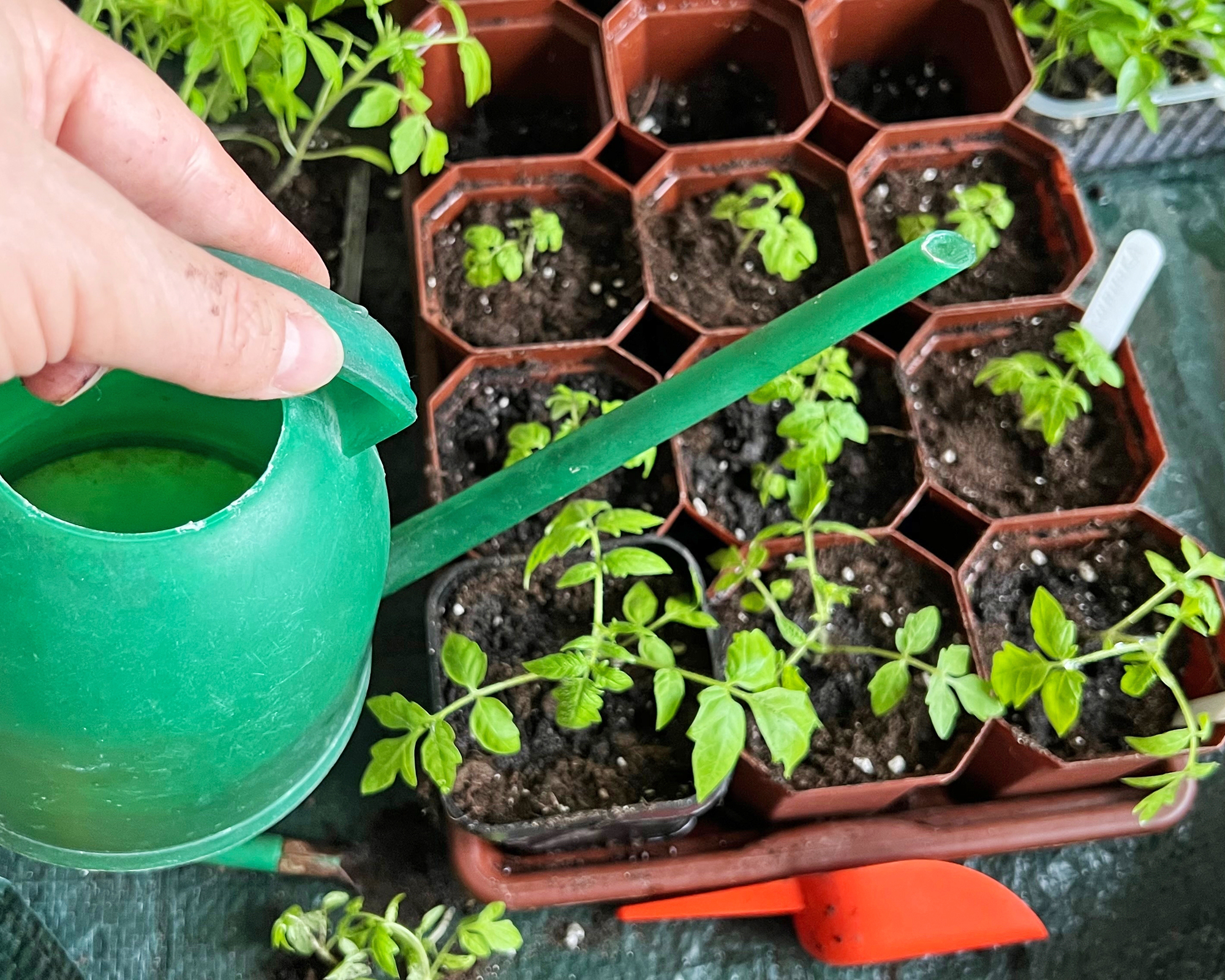
When to Fertilize Seedlings
A seed contains everything a plant needs to sprout and develop its first leaves. Some gardeners like to add fertilizer to the planting hole at the time of sowing, but this can inhibit germination in certain seeds. It's best to wait until after the seed has sprouted before feeding the young plant.
But not immediately. Fertilizing too early risks burning the delicate roots. Seedlings initially rely on the nutrients stored inside the seed itself. If starting seeds indoors using a seed-starting mix or potting mix that already contains fertilizer, you likely won't need to feed them for several weeks. When planting seeds outdoors, soil fertility will vary – if the soil has been amended with compost, leaf litter, or other organic materials, your seedlings may need less supplemental feeding.
Start fertilizing seedlings when they are about 2 inches (5cm) tall and have two sets of "true leaves" – the leaves that resemble mature foliage, rather than the rounded cotyledons. Ideally, wait until the cotyledon leaves have begun to fade before starting a regular feeding schedule. If you planted seeds close together, then thinning seedlings before fertilizing will help them take up more nutrients.
Sign up for the Gardening Know How newsletter today and receive a free copy of our e-book "How to Grow Delicious Tomatoes".
If using a diluted, organic, or gentle synthetic formula, you can fertilize weekly until it's time for transplanting seedlings.
What Nutrients Do Seedlings Need?
Nitrogen and phosphorus are two key nutrients when fertilizing seedlings. Nitrogen drives leafy growth – essential right after true leaves appear – while phosphorus supports cell division, root development, and energy transfer. Most fertilizers designed for seedlings or general plant growth will contain these, alongside smaller amounts of other vital nutrients.
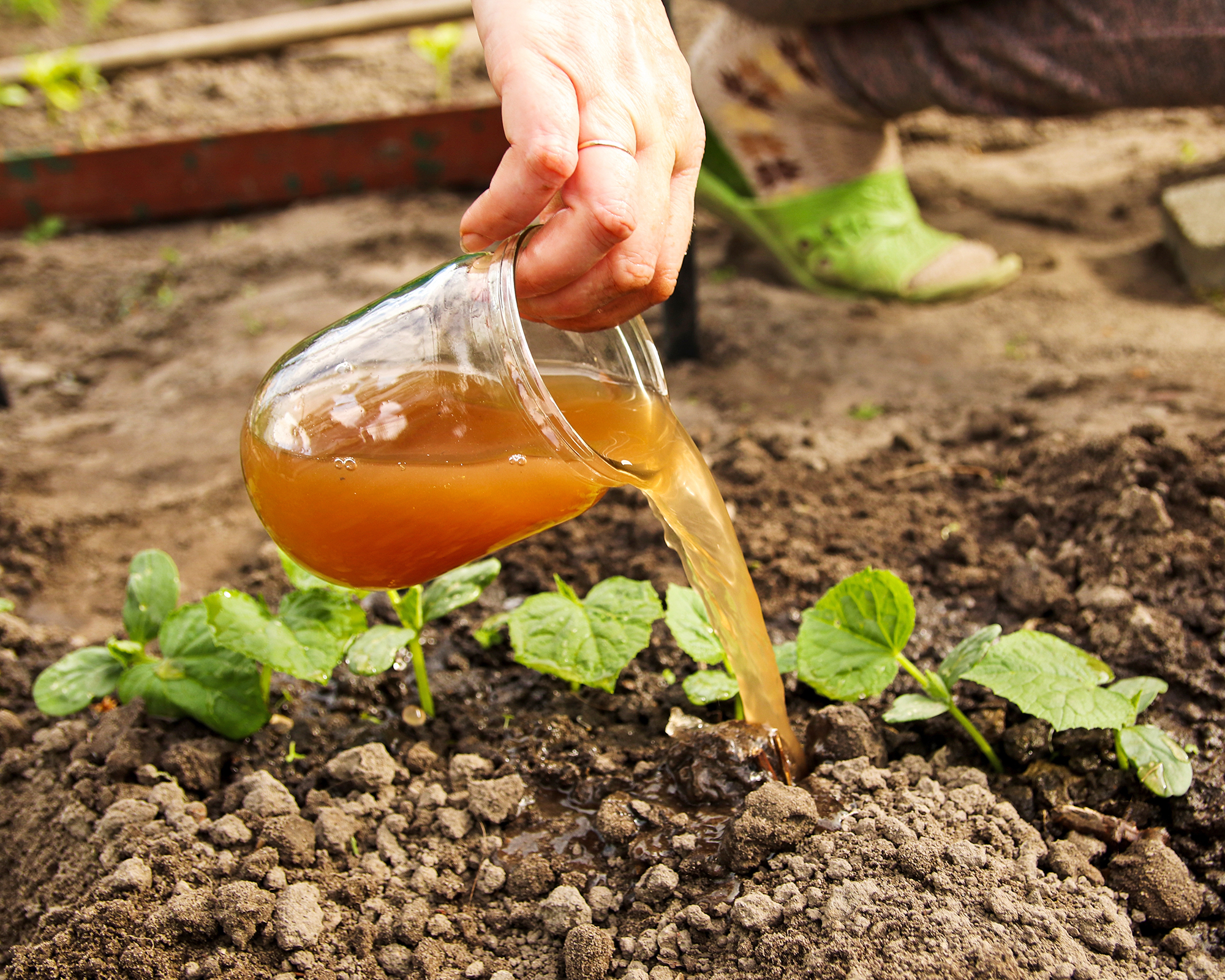
Best Fertilizer for Seedlings
There are several ways to deliver nutrients to your young plants:
- Liquid Fertilizers
Liquid foods are excellent for seedlings because they can be diluted easily to prevent root burn. They allow nutrients to reach the roots quickly or be absorbed through a foliar feed. Both synthetic and organic options are available. - Granular or Slow-Release Fertilizer
While a water-soluble fertilizer is best for the earliest stages, once seedlings are transplanted outdoors, a granular slow-release fertilizer can provide steady nutrition over time. These products are especially great for established plants like shrubs and trees, but aren't ideal for very young seedlings. - Homemade Fertilizer
Gardeners who prefer an organic approach and have a basic knowledge of plant nutrient needs can make their own DIY fertilizer. Some of the simplest and best for seedlings are teas made from worm castings or compost. These teas release nutrients slowly and in mild concentrations, making them safe for tender plants. Simply soak the organic material in water for a day to a week, strain, dilute further if needed, and apply to the root zone of the plant or use as a foliar spray.
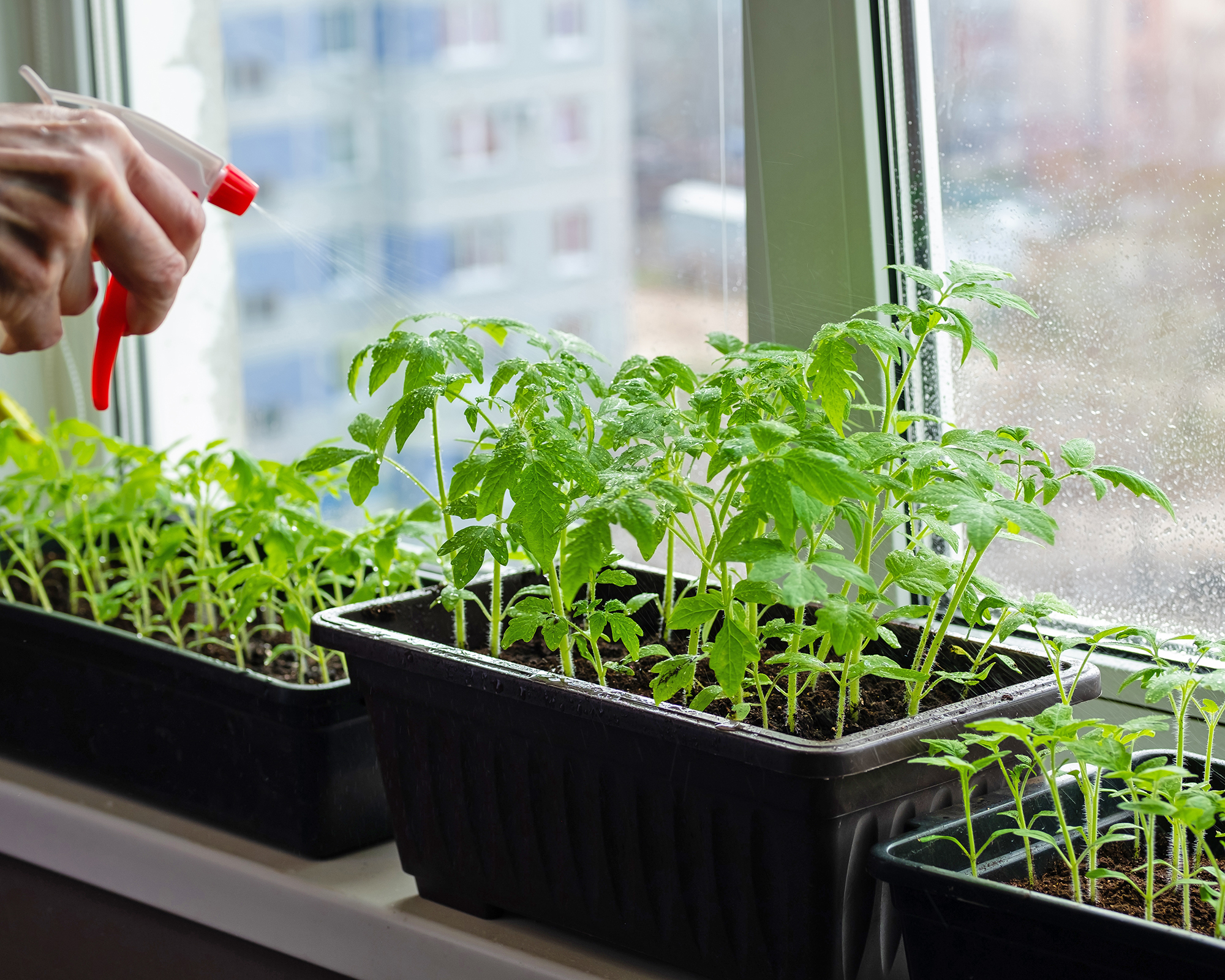
How to Fertilize Seedlings Properly
These very young plants are tender and sensitive. It's important to stick to diluted liquid feeds in the beginning, as too much fertilizer can be damaging.
Once your seedlings have two sets of true leaves, feed the seedlings weekly using a common water-soluble fertilizer diluted to ¼ regular strength. Continue weekly applications, increasing the concentration slightly as they grow.
Water seedlings with plain water between feedings and monitor for signs of overfertilization. If you are using synthetic food, it is a good idea to leach the soil every few weeks to remove excess salts.
Common Mistakes to Avoid
One of the most common errors is starting a feeding schedule too early. Always wait until the plant is 2 to 3 inches (5 to 7.5cm) tall and has at least two sets of true leaves. Never use full-strength fertilizer on seedlings; it is too harsh and can damage the roots of the little plants.
If your seedlings show signs of pale leaves, purpling, or stunted growth, it may indicate a nutrient deficiency – increase feeding frequency slightly. On the other hand, if you have leggy seedlings, excessive fertilizer could be to blame. Though, you should consider light levels first, as seedling light requirements are high. If you suspect overfertilization is the case, reduce the concentration or skip a feeding or two.
More Growing Inpsiration
- Never plant seedlings in your garden until they pass these 3 simple tests!
- Want to know how to grow seeds quickly? Try these 8 expert tricks for fast flowers and crops.
- Why are my seedlings wilting? Learn 6 common causes – and how to save your baby plants before it's too late.
- Sign up for our FREE seed-starting workshop! Learn the basics from master gardener Geoffrey Johnson in our fun 30-minute session.
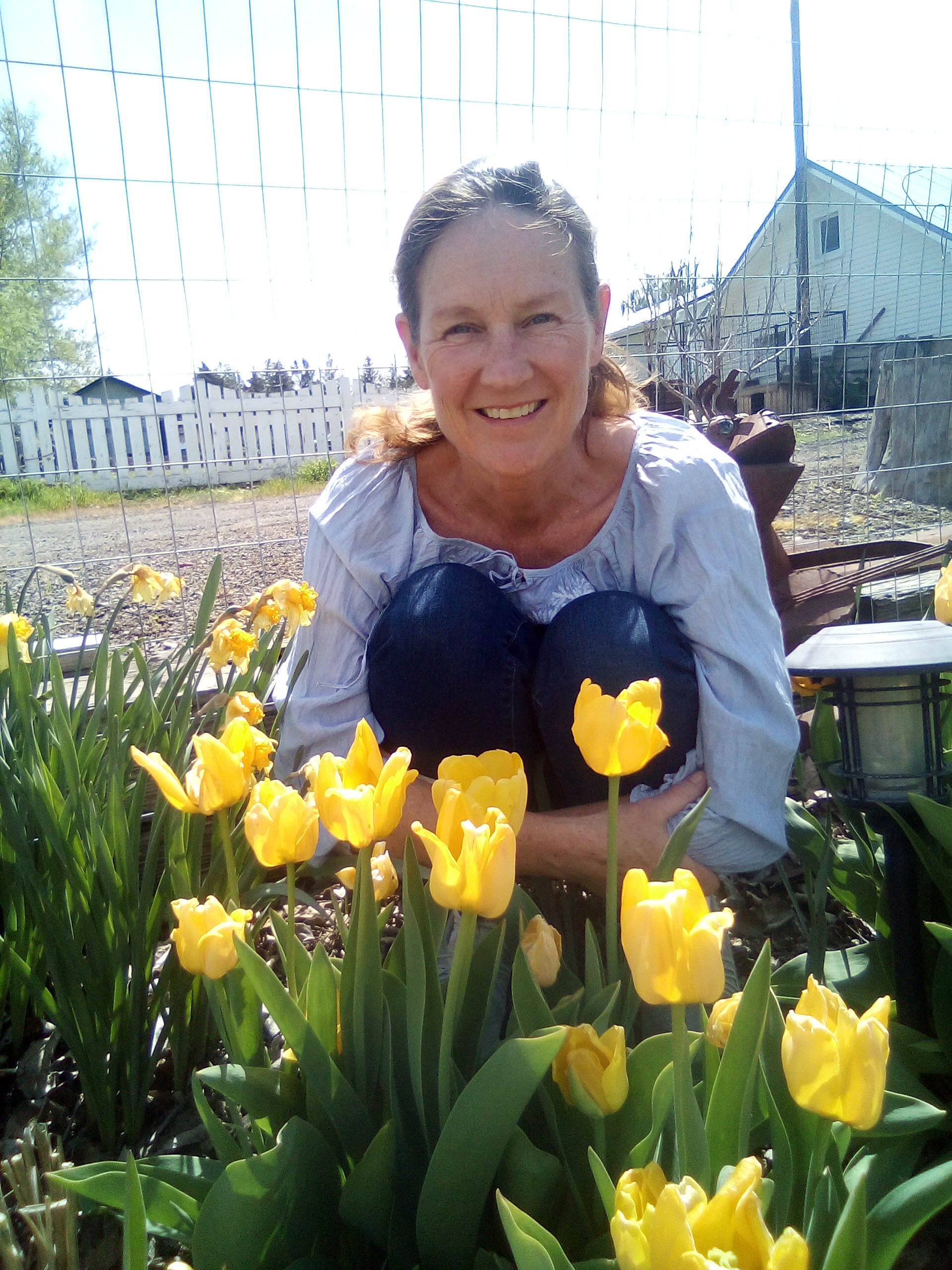
Bonnie Grant is a professional landscaper with a Certification in Urban Gardening. She has been gardening and writing for 15 years. A former professional chef, she has a passion for edible landscaping.
- Liz BaesslerSenior Editor
- Melanie GriffithsEditor in Chief
